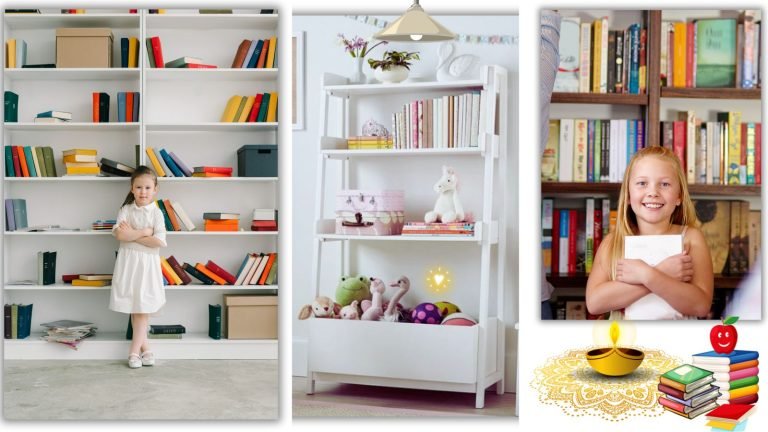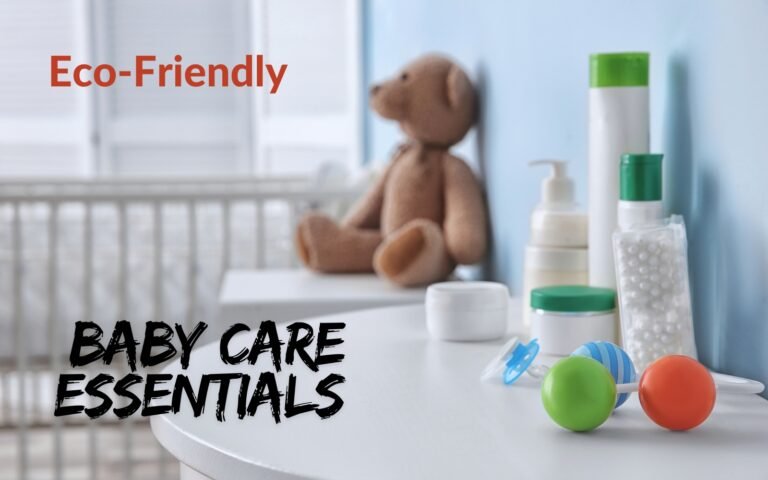When Is the Best Time to Introduce a Sippy Cup After Using Baby Bottles in 2025?
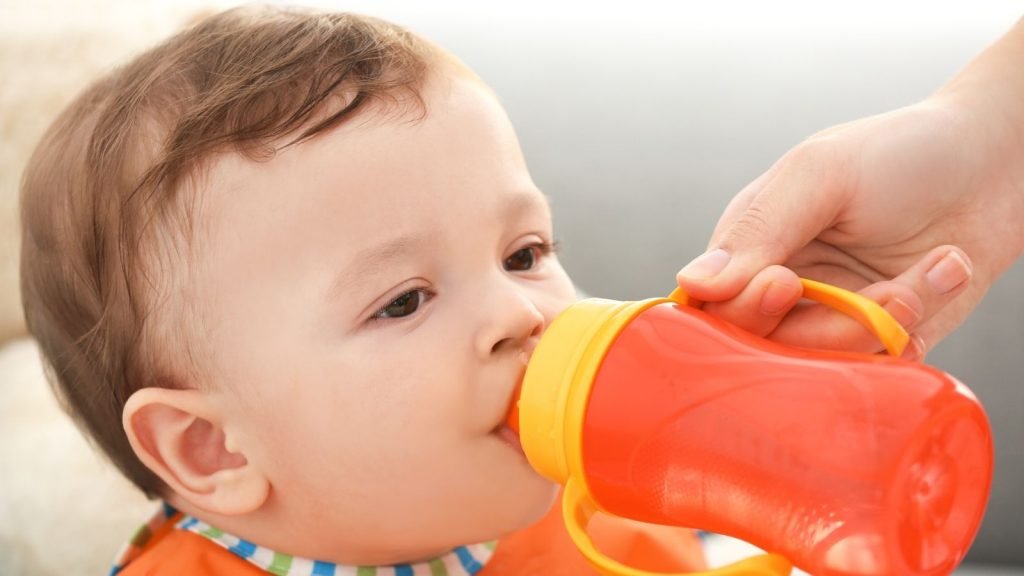
Transitioning from drinking milk from a baby bottle to a sippy cup is important in your child’s development. But how do you know when is the time to introduce a sippy cup?
As babies grow, transitioning from bottle feeding to sippy cups is an important developmental milestone. This transition is only about independence and self-control. Not only does the food promote efficiency, but it also helps your child’s teeth and prevents potential dental problems associated with prolonged bottle use.
The exact time to introduce sippy cups can vary for each baby, but most experts recommend starting the process between 6 and 9 months. Signs that a baby is ready for the first sippy cup include the ability to sit upright, an interest in drinking from a cup, and an introduction to solid foods.
You can easily guide your little one toward this milestone as we explore the timing and techniques for introducing sippy cups seamlessly.
Key Takeaways – Time to Introduce a Sippy Cup
- Ideal Timing: Introduce a sippy cup around 6 to 9 months, especially when your baby starts eating solid foods.
- Developmental Benefits: Transitioning helps prevent dental issues and promotes independence and self-control.
- Gradual Transition: Start slow, offer familiar fluids, and be patient to ease the switch from bottles to sippy cups.
Best Time to Introduce a Sippy Cup to Your Baby
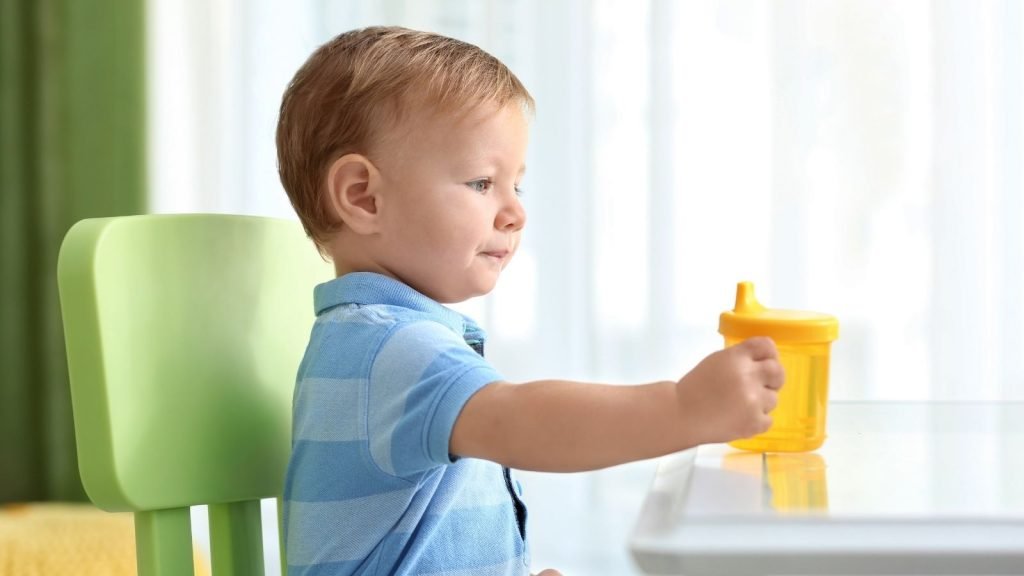
The burning question about this topic is, “When should I introduce a sippy cup to my baby?”
Introducing a sippy cup when your baby starts eating solid foods is recommended, typically around 6 months of age. Waiting too much beyond 8 months may increase the chance of your baby refusing the sippy cup. However, it’s your choice to wait longer.
- Soft spout cups: Soft spout sippy cups are gentle on gums and teeth, making them suitable for younger babies. They mimic the feel of a bottle, easing the transition. However, they may leak more easily and may not encourage proper tongue placement for speech development.
- Hard spout cups are more durable and less likely to leak, making them ideal for older babies and toddlers. They promote better oral development and speech skills. However, some babies may find them uncomfortable initially, especially if transitioning from a bottle.
- Straw cups: Straw cups encourage sucking, which is a natural reflex for babies. They promote proper tongue placement and oral muscle development. However, they require more coordination and may be harder to clean than spout cups.
Tips for transitioning to a sippy cup
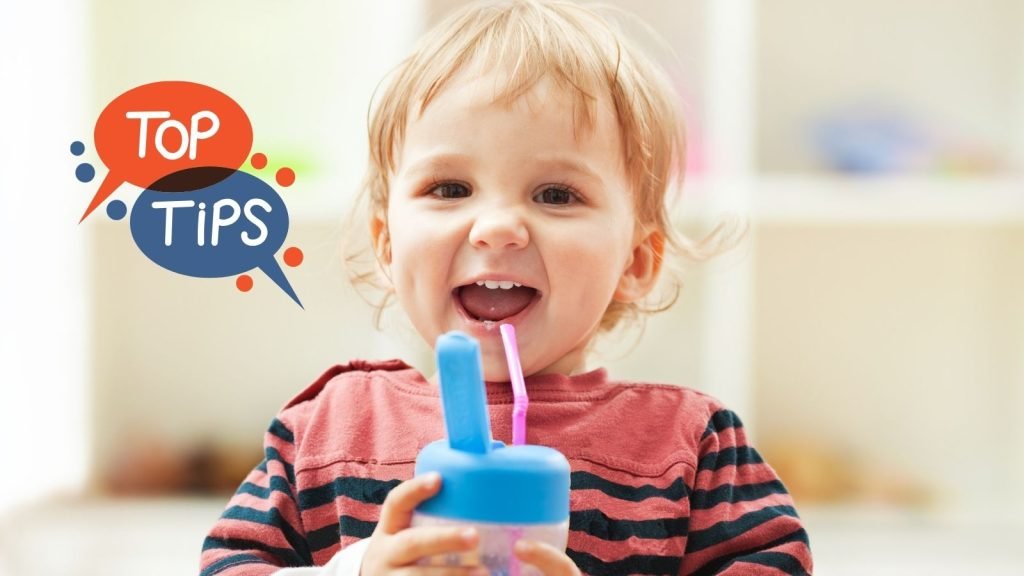
- Fill it with the familiar. It might be easier for your baby to take to her sippy cup if it’s filled with a familiar fluid, such as breast milk or formula. Or, she may balk at her old favorite coming from a strange new source. In that case, try water or cow’s milk.
- Invite participation. For someone who’s been suckling from a breast or bottle her whole life, sipping from a cup is a whole new experience. So let her take her time getting sippy-cup-acclimated (let her touch it, inspect it, even play with it). If she reaches out for the cup, let her grab hold while you help her guide it. Does she want to hold it herself? Let her, even if she can’t figure out what to do with it.
- Go slow. Try holding the cup to your baby’s mouth and letting a few drops trickle in. Remember to let her swallow before offering her more; otherwise, she might gag. She may also be too surprised to swallow, meaning the fluid may trickle right back out of her mouth. She doesn’t seem to get it. Hold the sippy cup near your mouth and pretend to take a drink (“Mmmm! That tastes good!”).
- Vary the cup. Sippy cups are convenient but can hinder oral skill development and cause tooth decay, especially in toddlers. So, switch between the sippy and regular cups, which will need more supervision to avoid spills.
Potential challenges and solutions

- If your baby refuses to use the sippy cup, try offering it during playtime to make it seem like a fun toy. You can also demonstrate how to use it by drinking from it or offering a cup with a favorite beverage.
- Spills and messes: Choose spill-proof sippy cups with secure lids to minimize spills. Start with thicker liquids like breast milk or formula to reduce spills, and gradually transition to water or diluted juice as your baby gets more accustomed to using the cup.
- Dental concerns: Prolonged use of sippy cups, especially if filled with sugary drinks, can lead to tooth decay. Limit sippy cup use to meal and snack times, and encourage drinking from an open cup as your baby ages. Regularly clean your baby’s teeth and gums, and avoid filling the sippy cup with sugary liquids.
Addressing these challenges with patience and persistence can help ensure a successful transition to sippy cup use while promoting good oral health habits.
Weaning Off Baby Bottles
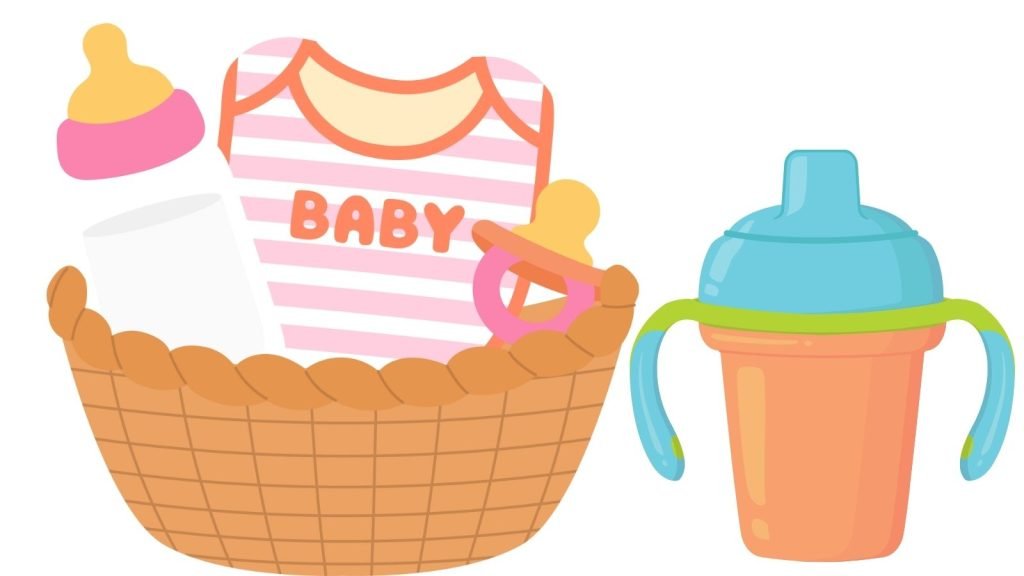
- Gradual Approach: Start by replacing one bottle feeding daily with a sippy cup during meals or snacks, then gradually increase sippy cup use while decreasing bottle use.
- Timing: Aim to stop using baby bottles by around 12-18 months old, as your child should be able to drink from a cup comfortably by then.
- Dealing with Refusal or Tantrums: Be patient and persistent if your baby refuses the sippy cup or throws tantrums. Offer the cup during positive moments and avoid forcing the transition. Try different cup types and offer incentives if needed.
Following these steps, you can smoothly wean your child off baby bottles while ensuring a comfortable transition to using a sippy cup.
Summary
Transitioning to sippy cups marks a crucial step in your child’s development. It fosters independence and refines essential drinking skills. While this transition may present challenges, patience and consistency are paramount. By persistently encouraging your child, you’re guiding them toward mastering this milestone.
Successful adoption of sippy cups brings numerous benefits, including developing proper drinking techniques and cultivating independence. Moreover, it helps prevent issues like baby bottle tooth decay, safeguarding your child’s dental health. Embrace this journey as an opportunity for growth and empowerment for you and your child.
Frequently Asked Question
When To Move From Bottle To Sippy Cup?
Around 6 to 9 months. This is the ideal time to introduce a sippy cup to help your baby transition from bottle feeding to drinking from a cup.
How Do I Know If My Baby Is Ready For A Sippy Cup?
Sitting upright and showing interest in your baby’s drinks shows that your baby is ready to use a sippy cup.
When Should Babies Stop Using Bottles?
Babies should stop using bottles around 12 to 18 months old. Prolonged bottle feeding can lead to baby bottle tooth decay and other health issues.
What To Use Instead Of A Sippy Cup?
Using a straw cup is a great alternative to sippy cups. Open cups are also beneficial for developing drinking skills.


